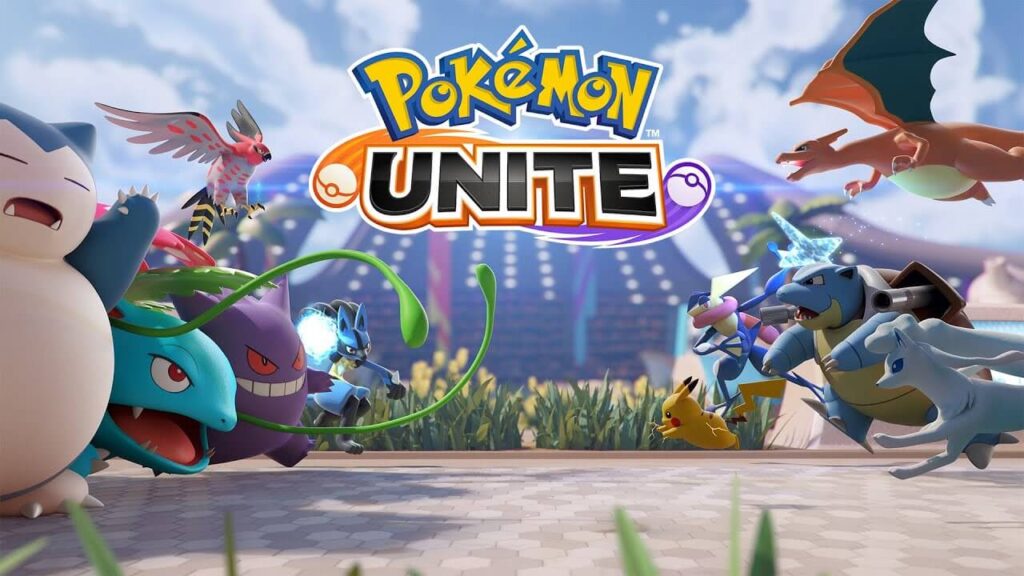Right off the off, Pokemon Unite is a smash hit.
Pokemon has been adapted to a variety of video game genres, but I think it’s safe to say that only a few of them have been huge successes. Of course, there are the classic turn-based RPGs. Snap is a photographic simulation game, and Pokemon Go is an augmented reality game.
These aren’t just hits; they’re also milestone titles in most cases – but for every game like this, there’s another that’s just fine – puzzlers, fighting games, and a bevy of mobile cash cows. To be honest, I had assumed Unite would be similar to these – a fantastic idea that would yield a decent, if slightly tepid, spin-off. It’s not quite a Pokemon game, and it’s not quite a MOBA, but it’s a boring mix of the two.
But guess what? Pokemon Unite might be another classic moment in the franchise. It’s possible that it’ll be the most significant Pokemon game since Go.
The concept behind Unite isn’t exactly a stroke of brilliance. Indeed, it’s self-evident: games like League of Legends and DOTA 2 are massively popular, so why not adapt them with some of gaming’s most popular characters? These games necessitate a diverse roster of characters with wildly distinct and exciting powers, which Pokemon provides in spades. It’s only natural.
However, this isn’t a guarantee of success. The MOBA genre is complex, often confusing, and difficult to understand for newbies. A franchise like Pokemon is bound to attract a large number of newbies, as well as younger or casual players, and the game must be playable on touchscreen devices. On all of these counts, Unite comes out on top.
The clever design extends to the areas in which it deviates from the genre’s usual framework. One thematic distinction is that instead of destroying the opponent’s base, you’re mostly concerned with gaining points. The general effect is the same if you have an overflow of points, but the absolute numbers you’ll need to throw into the goal to go forward are intrinsically easier to understand. This is consistent with the game’s setting in the Pokemon universe, where Unite is a popular sporting event in some far-flung locale. One of the best adjustments is a strict ten-minute time limit, which prevents bouts from dragging on or devolving into a stonewalling stalemate. In fact, bouts are fast-paced and intense, frequently concluding far before the timer runs out.
In some respects, it’s difficult to believe how well Pokemon fits this genre. Of course, the many non-player creatures you can encounter and battle on the map to gain an edge are just wild Pokemon, with more powerful variations appearing as the contest progresses. That’s exactly right. The thrill of watching a Pokemon evolve into their next form right in the heat of battle seems totally natural to the series, and the power creep as your character levels up and gains more power over the course of a match feels completely natural to the genre.
All of this is about the game’s overall vibe, but it’s also a lot of fun to play. I’ve always been able to appreciate the challenge and enjoyment in the delicate ballet of chaos that is MOBA action – it speaks to my RTS-loving personality to some level – but I’ve always struggled with actually getting into and enjoying the genre as a player. Unite, on the other hand, is well-streamlined, with nips and tucks in all the right places to make it eminently approachable.
TiMi, the game’s co-developer, knows what she’s doing and has a proven track record of generating massive mobile games. That means that Unite has some extremely aggressive commercialization, which is certainly the game’s worst flaw. It’s not entirely pay-to-win – most of it is cosmetic, and there are plenty of opportunities to earn enough currency to get items for free – but it’s always dangling shinies in front of you, ready to get you to open your wallet.
Some of this has a nefarious undertone, such as how you can unlock outfits for Pokemon you don’t own, entice you to spend money to acquire that Pokemon so you can use the costume. You simply know psychologists are working on it, figuring out the best methods to ‘encourage’ – that is, persuade – consumers to spend more. That makes me queasy, just as it does with some of Niantic’s ludicrous monetization in Pokemon Go. That isn’t ideal. However, the core game is free, and it will be available on mobile soon, with cross-platform progression.
I can see how this could be dangerous, given how simple it is to jump into a fast game. I can imagine myself playing it on the couch, using the Switch’s portable mode, while watching trashy TV. I think I’ll play it on my phone. In the ranked modes, I can see myself becoming competitive. I can see myself spending money in the future. There’s a danger! There’s a danger!
…but the game is enjoyable. There’s a lot to like about it. And that’s exactly what happened to me with Pokemon Go and Genshin Impact, two other well-designed free-to-play games with clever but not overly aggressive monetization. Is it possible that Pokemon has done it again? I’d venture to guess that The Pokemon Company has another mobile revenue leader on its hands. After all, the most obvious ideas aren’t always the greatest.



